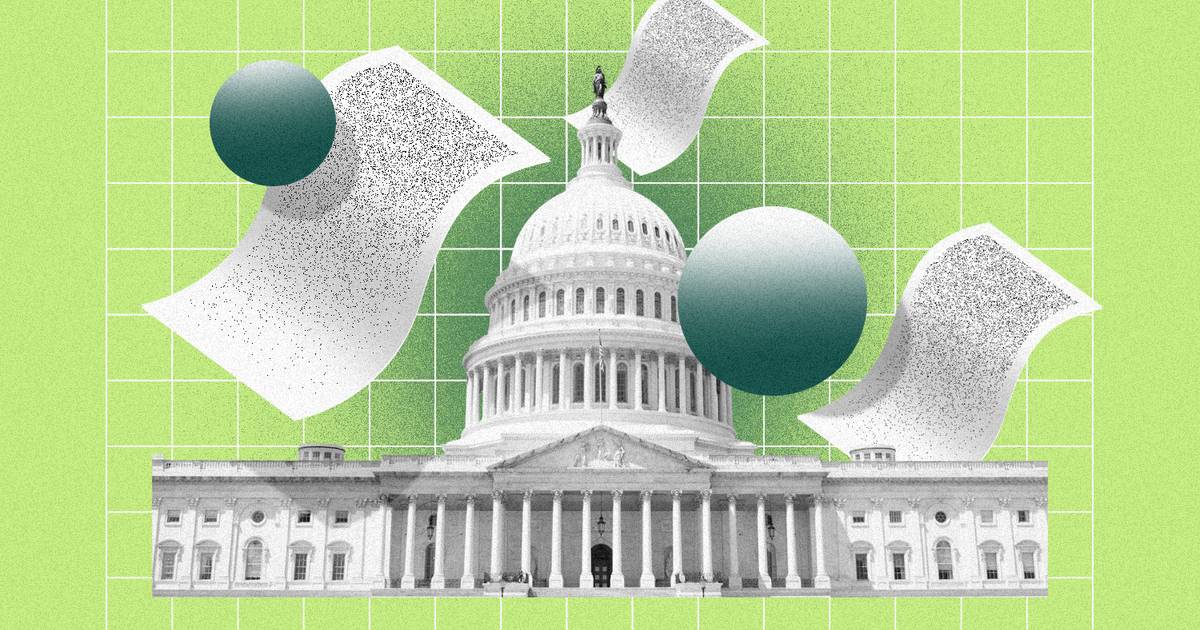Quick-to-read HR news and insights
From recruiting and retaining employees to company culture and the latest HR technologies, HR Brew delivers timely industry news and tips that help HR professionals stay agile in today’s rapidly changing business environment.
The National Labor Relations Board (NLRB) adopted a new rule in October that will make it easier for two companies to qualify as an associate of a group of workers. If two companies are deemed joint employers, they are legally liable for each other’s actions, including unfair labor practices, and must negotiate with unions representing the workers they supervise.
Here’s what HR should know about the rule, which is expected to go into effect before the end of the year but will face scrutiny from some pro-business groups and lawmakers.
The rule lowers the threshold for joint employer status. The new NLRB standard, which goes into effect on Dec. 26, repeals and replaces the April 2020 rule. The older rule made it easier for two companies to avoid joint employer status because it required both to exercise significant, direct and immediate control over the employees’ basic terms of employment, the NLRB wrote in recent fact sheet.
Under the new rule, two companies can be considered a joint employer if they share or co-decide on one or more essential terms of employment determined by management, such as wages, benefits and other remuneration, working hours and schedule, or length of service. This may occur regardless of whether that control is exercised and regardless of whether the NLRB considers it to be direct or indirect.
In a statement, NLRB Chair Lauren McFerran said the new standard reflects a legally sound return to common law principles and a practical approach to ensuring that entities with effective control over workers’ critical terms of employment comply with their bargaining obligations under the NLRA, referring to federal law regulating workers’ rights.
Consequences for businesses. According to Bloomberg Law, the expanded joint employer standard will likely have a significant impact on franchisors and companies that hire workers through staffing firms. A national fast food chain could be required to negotiate with a union representing workers at one of its independently owned franchised locations, for example, if the NLRB ruled that both the franchisee and its domestic parent franchisor are joint employers.
It will be very important for our franchise clients to review their policies with a fine-tuned comb, Paul Woody, a franchise attorney at Greensfelder in St., told SHRM. Louis, noting that the new standard makes the issue of joint employer status more unclear.
According to reports, the new rules will be challenged in court. It also drew criticism from groups such as the International Franchise Association, the U.S. Chamber of Commerce and the National Retail Federation. Michael Layman, senior vice president of government relations and public affairs at the International Franchise Association, argued that the policy would change the rules for hundreds of thousands of franchise owners, turning them into middle managers in their own companies.
Separately, Senators Bill Cassidy and Joe Manchin announced a resolution to repeal the new joint employer rule, arguing that it holds franchisors liable as individual franchise owners despite their lack of operational control over the company’s employees.
#Legislative #Summary #NLRB #Lowers #Bar #Joint #Employer #Status
Image Source : www.hr-brew.com

